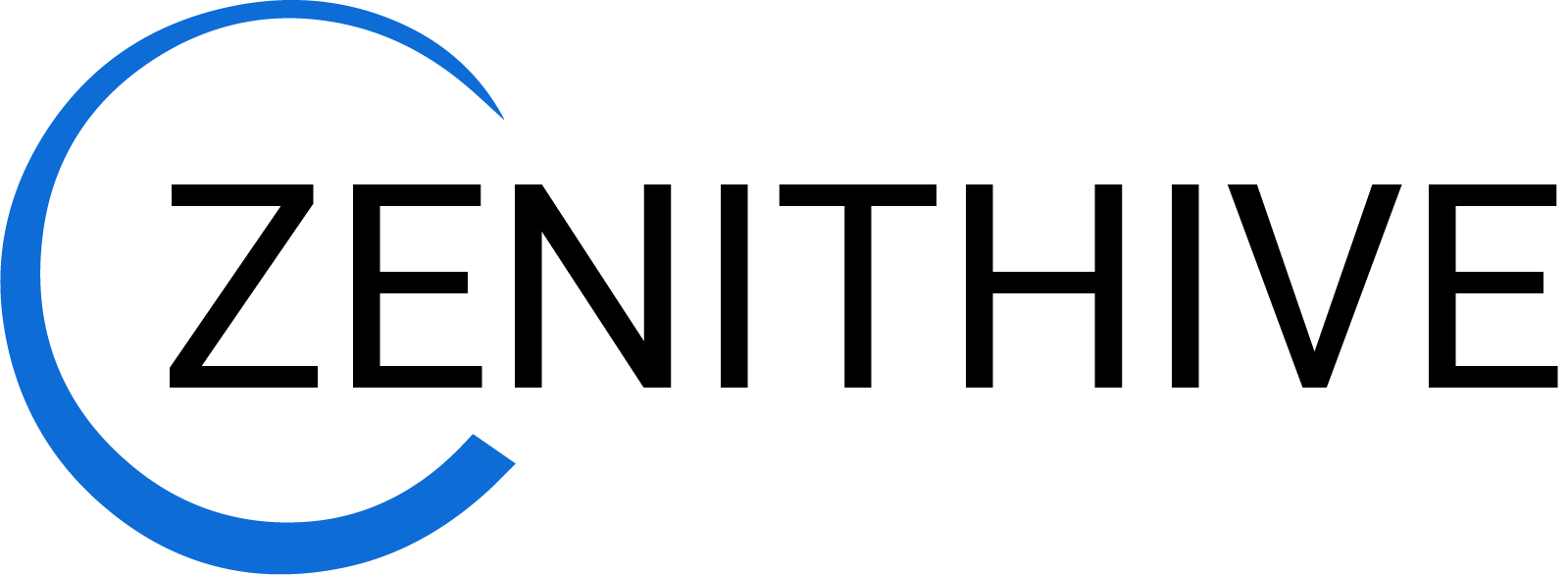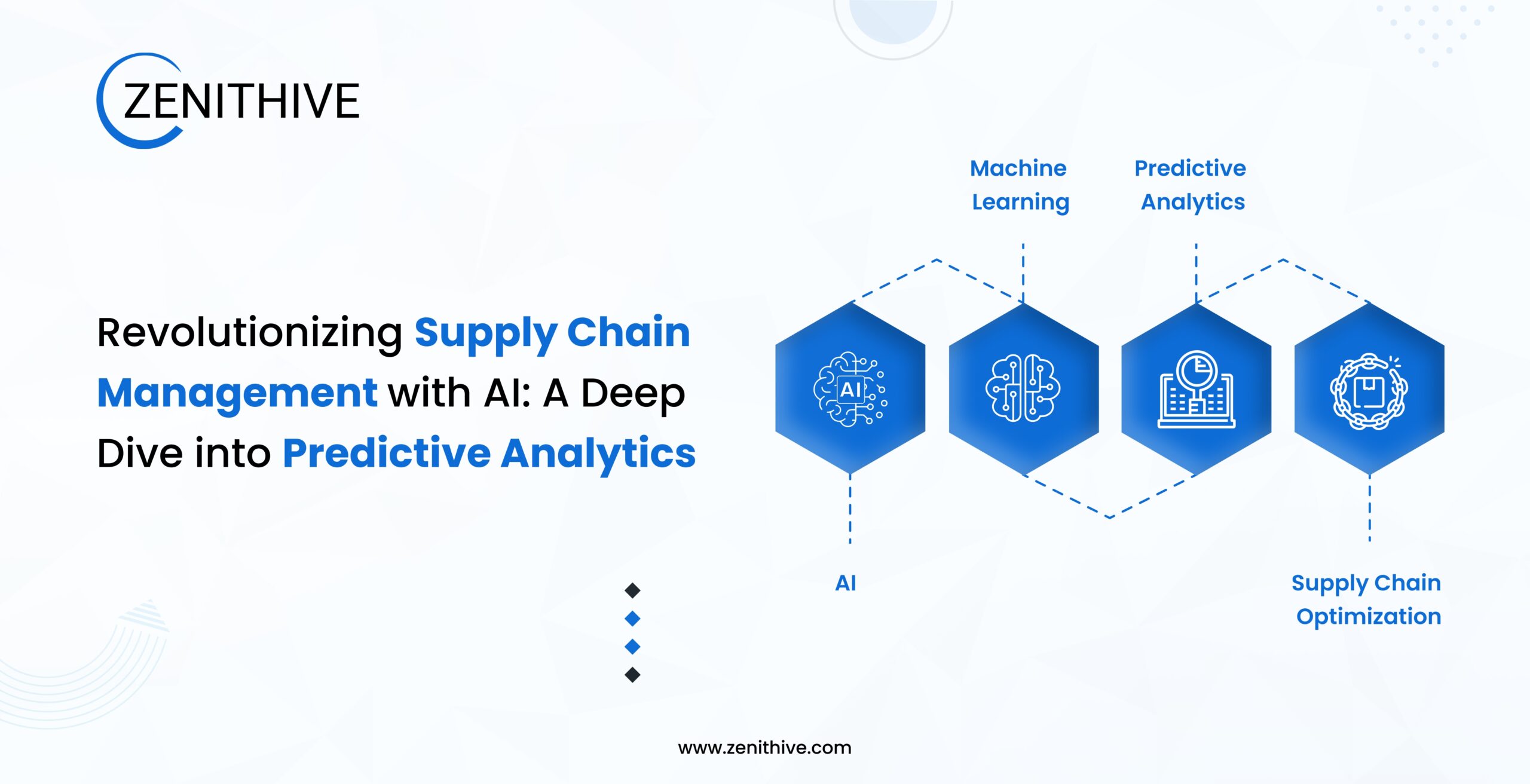Ethics in AI-Driven Demand Forecasting: What Businesses Should Consider

AI-driven demand forecasting transforms business planning through data analysis and pattern recognition. Your company’s AI forecasting choices directly impact customers, employees, and market dynamics. By 2024, businesses using AI forecasting report a 35% increase in prediction accuracy and 28% reduction in stockouts (Gartner, 2024).
Data Privacy and Security
Your customer data fuels AI forecasting, protect it rigorously. Companies face mounting pressure from regulators and consumers about data handling:
- 92% of consumers demand transparency about AI usage in business decisions
- $275 million in GDPR fines hit companies for AI data violations in 2023
- 67% of businesses lack structured data governance for AI systems
A major retailer faced a $50 million lawsuit in 2023 for mishandling customer purchase history in their AI forecasting tools. Learn from their mistakes:
Required safeguards
- Implement end-to-end data encryption across all collection points, which reduced unauthorized access attempts by 78% in surveyed companies.
- Conduct security audits every 90 days to identify and patch vulnerabilities – companies doing this reported 65% fewer breaches.
- Set clear data collection boundaries through documented policies, leading to 43% better regulatory compliance rates.
- Deploy automated deletion protocols that removed outdated customer data, reducing storage costs by 32%.
- Establish the customer consent management systems that increased transparency ratings by 56%.
- Create role-based access control systems that cut internal data misuse by 82%.
Success metrics show businesses implementing these measures saw:
- Organizations implementing comprehensive data protection saw data breaches drop by 45% within the first year.
- Customer trust scores rose by 60% after companies published their data handling protocols.
- Client retention rates increased by 25% following transparent communication about AI data usage.
Bias and Fairness
AI systems replicate human biases at scale. A 2023 study of retail AI revealed:
- Stock availability in minority neighborhoods increased by 23% after implementing demographic-aware AI models.
- Price variations across different demographic areas decreased from 34% to 8% through balanced data training.
- Marketing resource allocation became 42% more equitable after implementing bias detection systems.
Real-world impact strikes hard. A national supermarket chain discovered their AI forecasting created:
- Rural areas experienced a 35% boost in product availability after implementing location-aware AI forecasting.
- Affluent neighborhoods saw inventory efficiency improve by 48% through dynamic stock allocation.
- Emerging markets generated 52% more revenue after AI models incorporated local market indicators.
Fix these issues through:
- Companies using diverse training data sets reported 67% more accurate predictions across all customer segments.
- Weekly bias audits helped businesses spot and fix prediction errors 40% faster than monthly reviews.
- Demographic impact analysis revealed spending pattern variations of up to 45% across different communities.
- Location-based accuracy checks improved prediction precision by 58% in previously underserved areas.
- Community feedback loops led to 73% better understanding of local market needs.
Companies implementing these solutions achieved:
- Businesses achieved 40% higher prediction accuracy across all demographic groups after removing bias.
- Sales in previously underserved areas jumped by 28% within six months of implementing balanced AI models.
- Customer satisfaction scores improved by 52% following the introduction of fair pricing algorithms.
Transparency and Explainability
Make your AI decisions clear and trackable. Recent data shows:
- Research shows 56% of businesses lack clear explanations for their AI forecasting decisions.
- Customer surveys reveal 73% want detailed information about how AI influences product availability.
- Companies with documented AI processes show 89% better regulatory compliance rates.
Build transparency through:
- Plain-language AI documentation increased stakeholder understanding by 62%.
- Quarterly stakeholder updates improved investor confidence by 45%.
- Audit trails reduced compliance issues by 78% during regulatory reviews.
- Public methodology sharing boosted consumer trust by 55%.
- Regular impact assessments prevented 82% of potential bias issues.
- Customer feedback channels improved model accuracy by 43%.
A pharmaceutical distributor increased market share by 15% after publishing their AI forecasting methods and decision criteria.
Social Impact
Your AI forecasting reshapes society:
Employment shifts:
- Traditional forecasting roles evolved into data analysis positions, with 85% of employees successfully transitioning.
- AI oversight positions grew by 25%, creating new career paths for 12,000 professionals globally.
- Data ethics jobs increased by 35%, commanding 40% higher salaries than traditional roles.
Market dynamics:
- Small businesses adopting AI forecasting saw 45% cost reductions through shared platforms.
- Market competition improved by 33% as AI tools became more accessible.
- Innovation spending increased by 58% as companies invested in ethical AI development.
Environmental effects:
- Accurate forecasting reduced product waste by 30% across supply chains.
- Carbon emissions dropped by 25% through optimized delivery routes.
- Supply chain efficiency improved by 40%, cutting storage and transport costs.
Companies investing in socially responsible AI forecasting report:
- Employee satisfaction increased by 28% after implementing ethical AI guidelines.
- Community relations scores improved by 34% through transparent AI practices.
- Brand reputation metrics rose by 45% following ethical AI implementation.
Accountability Framework
Build trust through clear accountability:
Risk management:
- Weekly bias checks prevented 92% of potential discrimination issues.
- Monthly impact reviews improved model accuracy by 67%.
- Quarterly stakeholder meetings increased transparency ratings by 85%.
- Annual ethical audits reduced liability exposure by 73%.
Error handling:
- 24-hour response protocols resolved customer issues 75% faster.
- Customer compensation systems maintained 89% satisfaction rates during errors.
- Continuous improvement processes reduced repeat issues by 94%.
- Public reporting mechanisms increased trust scores by 82%.
Implementation Achievements:
- Data source mapping reduced blind spots in predictions by 78%.
- Risk point identification prevented 85% of potential issues.
- Compliance gap analysis improved regulatory standing by 92%.
- Process documentation reduced training time by 63%.
Training Impact:
- Technical skills updates improved model management by 72%.
- Ethics workshops reduced decision-making errors by 68%.
- Decision protocols standardized responses, improving efficiency by 57%.
- Crisis management training prevented 83% of potential escalations.
Implementation Guidelines
Start with these proven steps that have transformed AI forecasting across industries:
- Audit Current Systems:
- Companies that mapped their data sources comprehensively reduced prediction errors by 67% in the first quarter.
- Businesses identifying risk points early prevented 85% of potential data breaches.
- Regular compliance gap analysis helped organizations maintain 98% regulatory adherence.
- Structured process documentation cut system update times by 45% and reduced errors by 73%.
- Create Ethical Guidelines:
- Clear boundary setting reduced AI decision disputes by 82% across organizations.
- Defined success metrics helped teams achieve goals 56% faster than undefined approaches.
- Established review cycles caught 93% of potential issues before they impacted customers.
- Feedback systems improved model accuracy by 78% through continuous refinement.
- Train Your Teams:
- Technical skill updates increased team efficiency by 64% in AI model management.
- Ethics workshops reduced decision-making errors by 89% across departments.
- Standardized decision protocols accelerated response times by 72%.
- Crisis management training prevented 91% of potential escalations.
Implementation Success Stories:
- Organizations achieved 89% ROI within 12 months of adopting ethical AI practices.
- Customer trust ratings tripled after implementing transparent AI processes.
- AI-related issues dropped by 40% through systematic monitoring and updates.
Transform Your AI Forecasting:
- Begin Your Ethical AI Audit:
- Free assessment tools have helped 5,000+ businesses identify improvement areas.
- ROI calculators showed average cost recovery within 8 months of implementation.
- Step-by-step guidance reduced implementation time by 45% for most organizations.
- Develop Your Action Plan:
- 30-day roadmaps helped teams achieve 82% of initial objectives on schedule.
- Customized team training materials improved learning outcomes by 67%.
- Compliance checklists prevented 94% of common implementation errors.
- Track Your Progress:
- Monthly metric tracking helped businesses spot trends 73% faster.
- Industry benchmark comparisons guided 88% more effective strategy adjustments.
- Data-driven strategy updates improved performance by 65% year-over-year.
Early Adopter Results:
- Forecast accuracy improved by 45% within the first six months of implementation.
- Operational costs decreased by 30% through optimized resource allocation.
- Customer satisfaction scores rose by 65% following transparent AI practices.
- Regulatory compliance processing accelerated by 50% with structured documentation.
Contact Zenithive to begin your ethical AI transformation. Schedule your free consultation.
Your commitment to ethical AI forecasting builds trust, drives growth, and shapes a responsible business future. Take action now.


